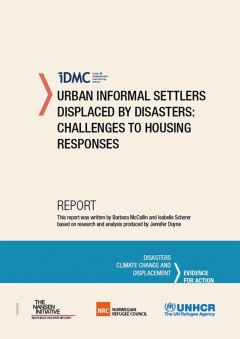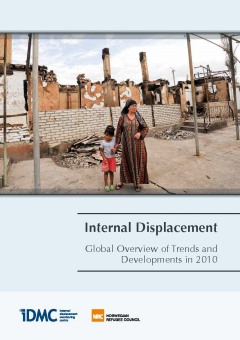Nitrogen Pollution and the Meltdown of Urban Ecosystems
Urban ecosystems are carrying an extinction debt. Mitigating this debt will require the development of a predictive framework that improves our understanding of the factors causing decline of native biodiversity in urban areas. I argue that nitrogen is a common currency around which such a predictive framework could be built. I first summarise the evidence that shows the probable extent of nitrogen enrichment in urban ecosystems. I then review the body of empirical evidence that describes how nitrogen enrichment affects ecosystem process and function.







